My Favourite Painting: Sir Nicholas Serota
'The subject looks back to Botticelli, Titian and Ingres and forward to Picasso’s Demoiselles, but the visceral power is closer to relief sculpture.'
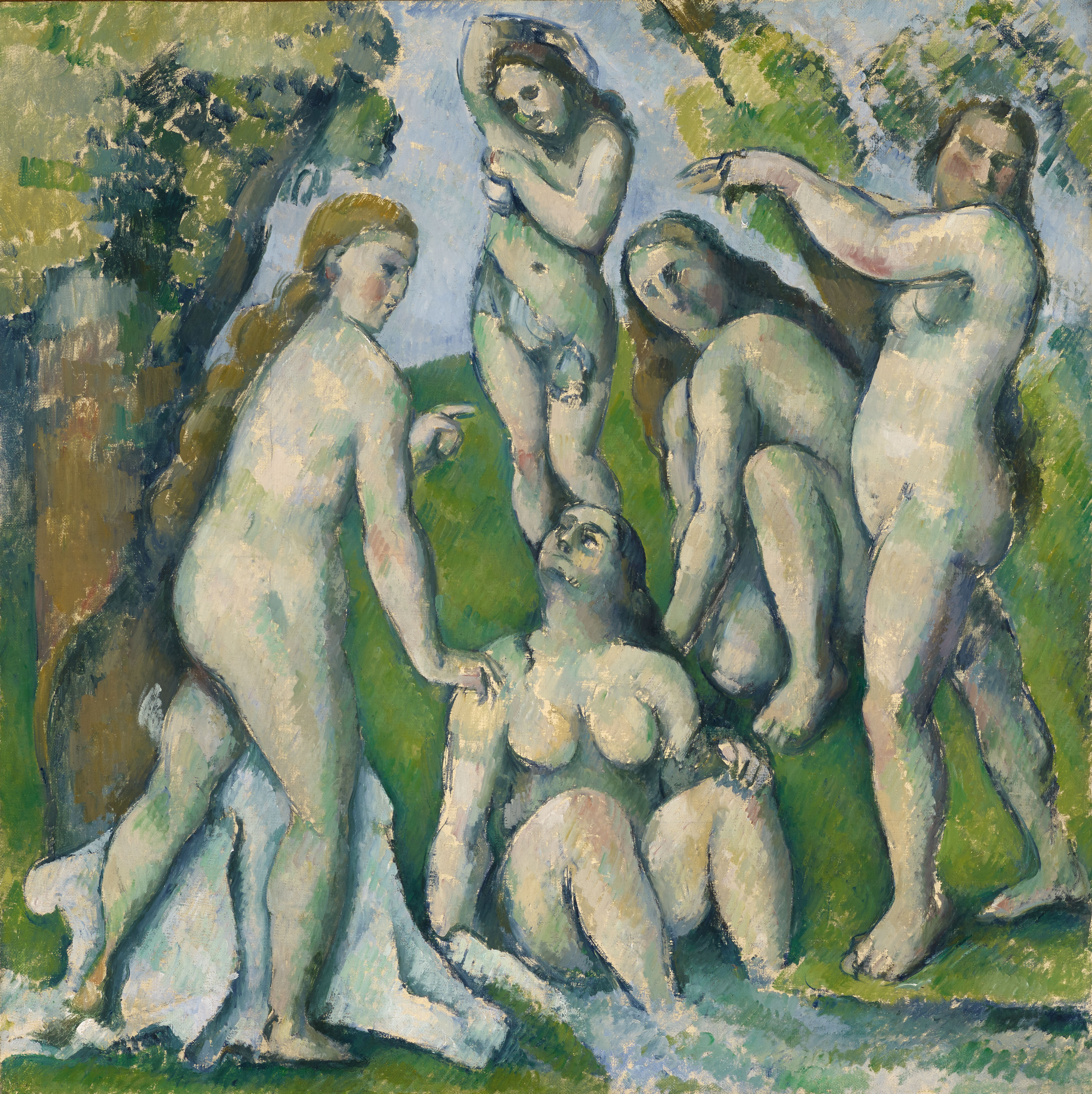

Sir Nicholas Serota chooses Five Bathers:
‘In the early 1980s, I was a regular visitor to Basel, where I was attending openings at the Kunsthalle of exhibitions, such as Malcolm Morley or Philip Guston, that I had curated for the Whitechapel Gallery. On one of my first visits, I called in at the Kunstmuseum, where I found this astonishing painting tucked away in a first-floor gallery.
'The monumental fleshy figures, squeezed into a composition that is only 65cm [26in] square, took my breath away. The subject looks back to Botticelli, Titian and Ingres and forward to Picasso’s Demoiselles, but the visceral power is closer to relief sculpture, as I later learned had been noted by the critic Roger Fry. The painting has become an object of pilgrimage almost every time I visit Basel, with an appeal and mystery that remain as deep as on that first encounter.’
Sir Nicholas Serota is the chair of Arts Council England and the former director of the Tate, the Museum of Modern Art, Oxford, and Whitechapel Gallery, London.
John McEwen comments on Five Bathers:
The poet Rilke wrote that Cézanne only developed a taste for work at 40, but then never ceased: ‘In a constant rage, in conflict with every single one of his paintings, none of which seemed to achieve what he considered to be the most indispensable thing, La realisation… exhausted every evening to the point of collapse… but celebrating Sunday, attending Mass and Vespers as he had in his childhood… hoping nevertheless from day to day that he might reach that achievement which was the only thing that mattered.’
It was at this turning point that he added scenes of naked female and male bathers to his repertoire; the subject would eventually account for some 200 oil paintings, watercolours and drawings. Five Bathers is regarded as the culmination of the first series of bathing groups that he began in the 1870s. For the first time, the figures are shown in direct communication, the standing figure in particular apparently talking to her seated neighbour.
Cézanne’s painting, most radically in the bathers, confronted the artistic problem that photography had trumped literal depiction. His search for structural harmonies can still make his naked bathers appear ugly deformations, whereas, for artists such as Matisse and Picasso, they were liberating and transforming with abstract consequences beyond Cézanne’s most agonised dreams.
Sculptor and writer Sidney Geist (1914–2005) saw Christ’s face in their patterns and, predictably, was academically ostracised. The critic Roger Fry wrote: ‘It is probable that Cézanne himself was ignorant of these deformations.’
Sign up for the Country Life Newsletter
Exquisite houses, the beauty of Nature, and how to get the most from your life, straight to your inbox.
Novelist and painter Helena McEwen says of Five Bathers: ‘If you’d taken a Turkish bath with women you’d know that’s what they look like.’ Readers may agree.
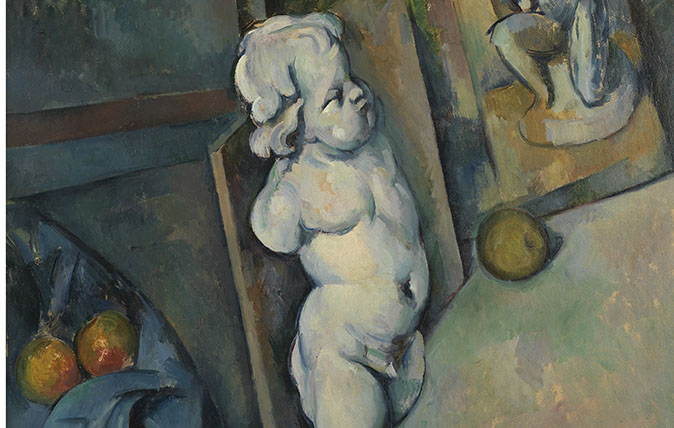
In Focus: The stunning collection of philanthropist Samuel Courtald, including Cézanne's most groundbreaking works
Courtald's collection of Impressionist works returns to The National Gallery for the first time in 70 years. Chloe-Jane Good takes
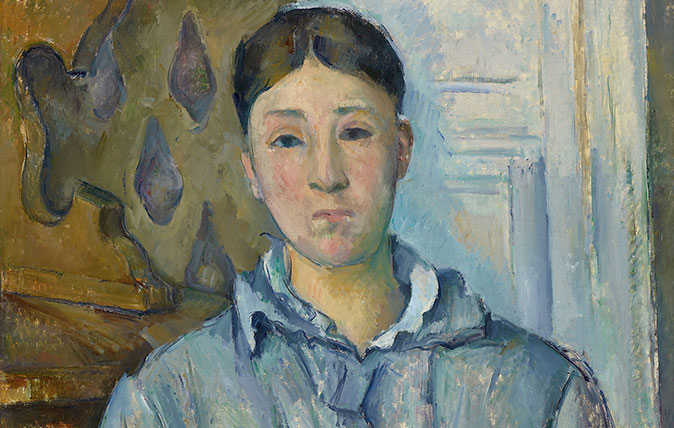
In Focus: Cézanne's brutally honest portrait of his wife, 'weary and dissatisfied', as their relationship was on the rocks
The National Portrait Gallery's exhibition of portraits by Paul Cézanne comes to an end this weekend. Lilias Wigan takes an
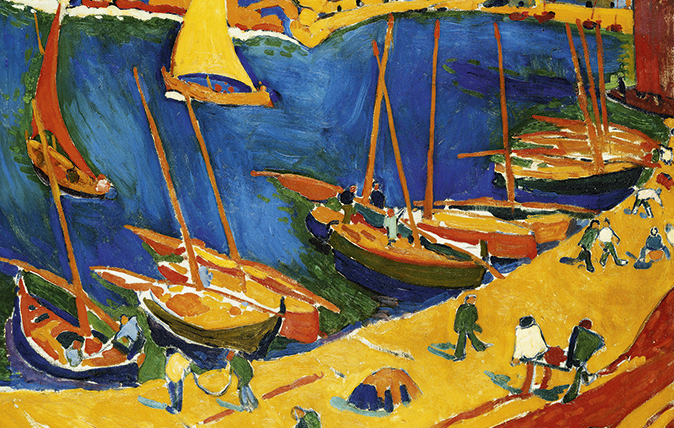
My favourite painting: Peter May
'Vividly coloured sailing boats in a harbour, which I gazed at for hours'
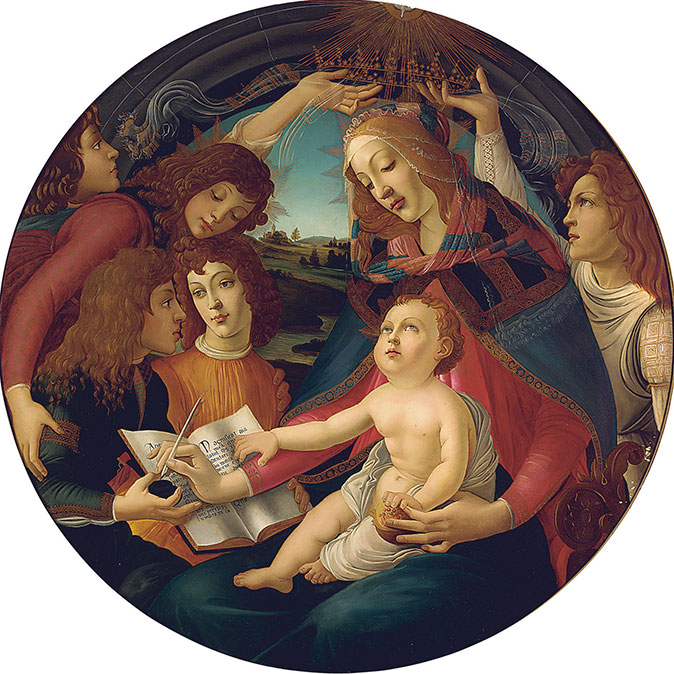
Credit: Bridgeman Images
My favourite painting: Mark Price
'The picture reminds me of her: I swear she is an angel.'
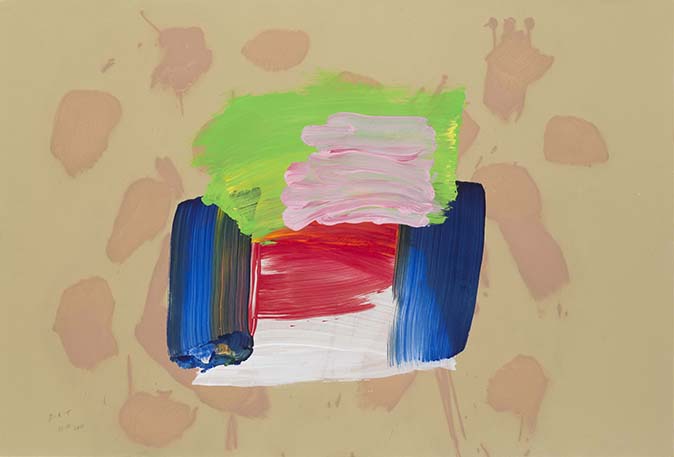
Credit: Courtesy of the artist’s estate/Alan Cristea Gallery
My favourite painting: Roger Wright
'Its typically powerful brushstrokes and juxtaposed gorgeous colours give a heart warming and evocative sense of fun and nostalgia'
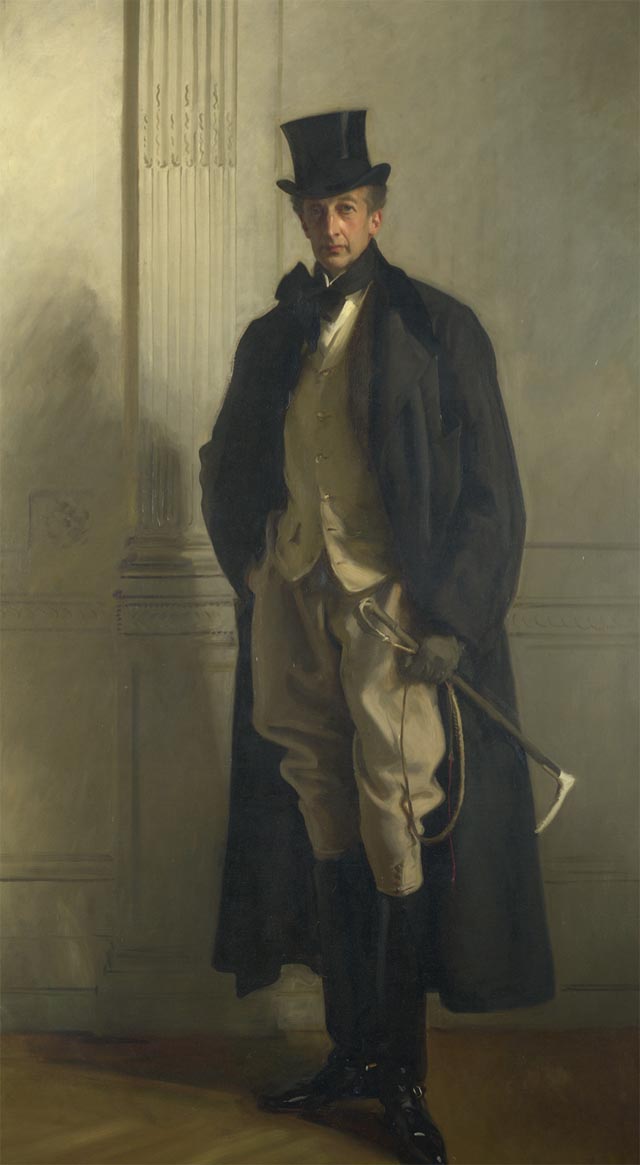
My favourite painting: David Starkey
David Starkey shares the one painting he would own, if he could
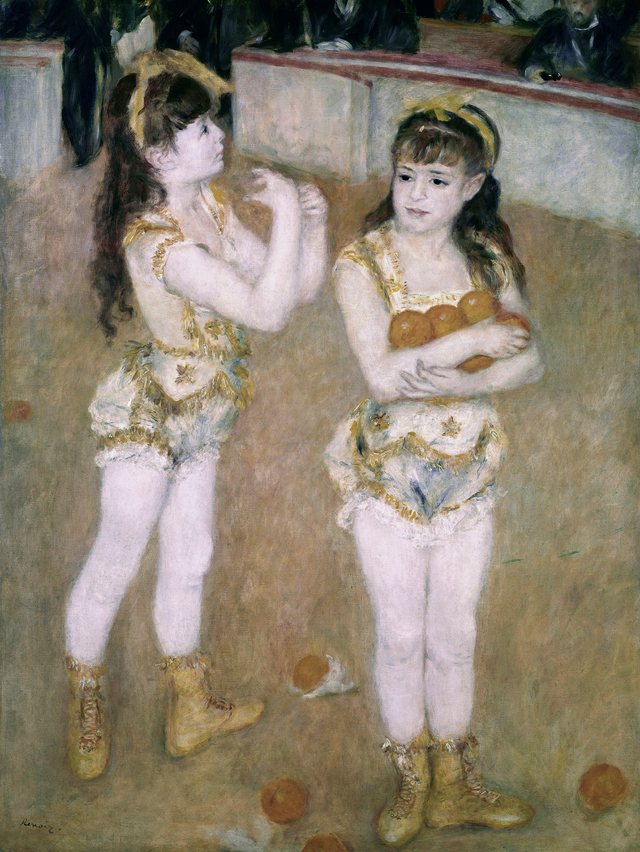
My favourite painting: Jacqueline Wilson
'I looked at this painting and decided to write about a Victorian circus girl one day'
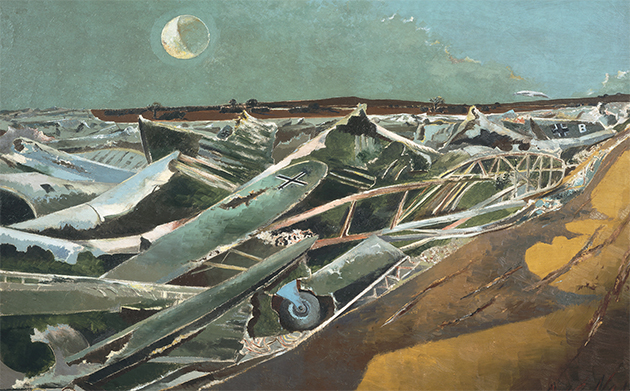
My favourite painting: Robert Macfarlane
Robert Macfarlane chooses his favourite painting for Country Life.
Country Life is unlike any other magazine: the only glossy weekly on the newsstand and the only magazine that has been guest-edited by HRH The King not once, but twice. It is a celebration of modern rural life and all its diverse joys and pleasures — that was first published in Queen Victoria's Diamond Jubilee year. Our eclectic mixture of witty and informative content — from the most up-to-date property news and commentary and a coveted glimpse inside some of the UK's best houses and gardens, to gardening, the arts and interior design, written by experts in their field — still cannot be found in print or online, anywhere else.
-
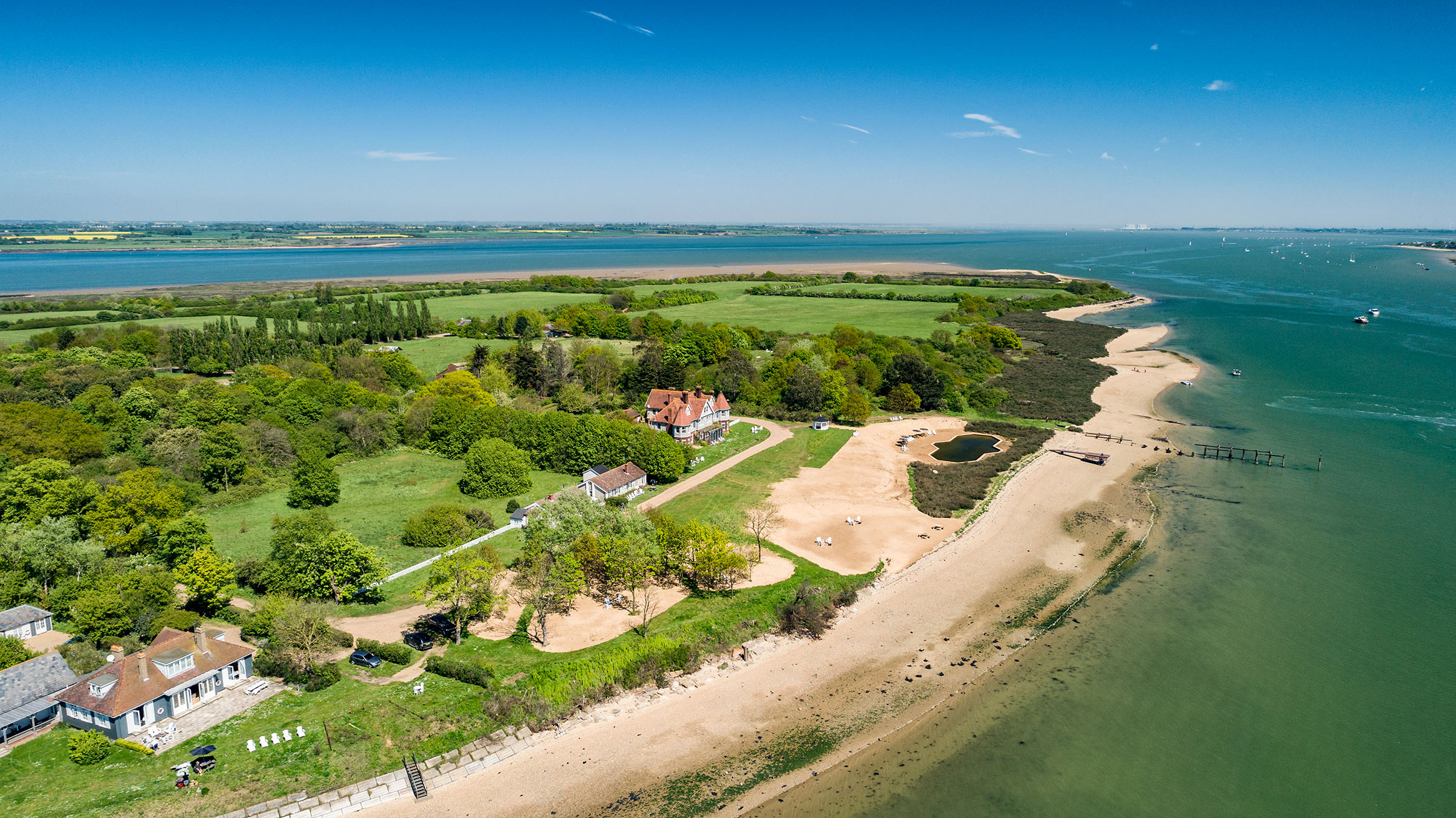 380 acres and 90 bedrooms on the £25m private island being sold by one of Britain's top music producers
380 acres and 90 bedrooms on the £25m private island being sold by one of Britain's top music producersStormzy, Rihanna and the Rolling Stones are just a part of the story at Osea Island, a dot on the map in the seas off Essex.
By Lotte Brundle
-
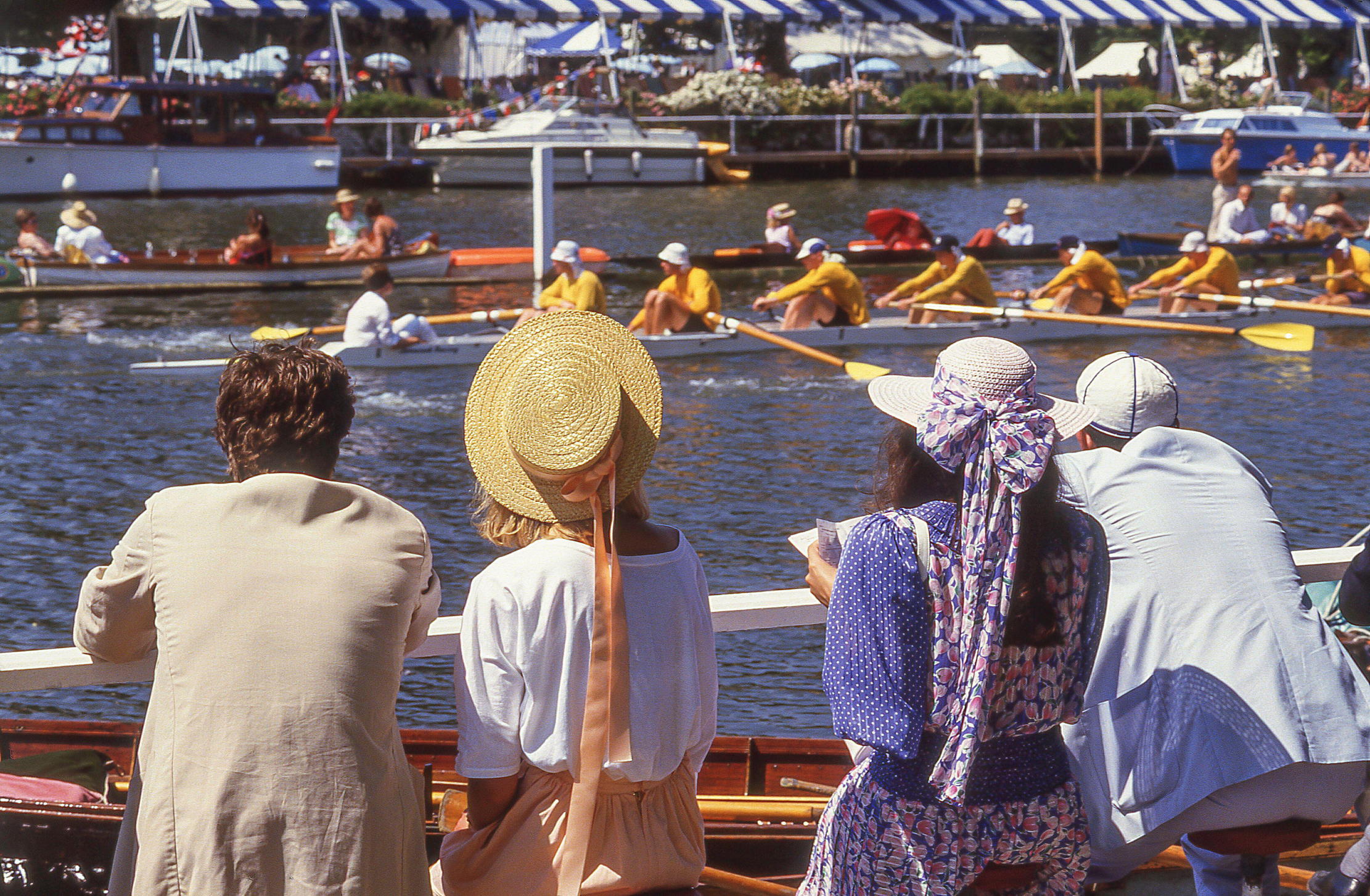 'A delicious chance to step back in time and bask in the best of Britain': An insider's guide to The Season
'A delicious chance to step back in time and bask in the best of Britain': An insider's guide to The SeasonHere's how to navigate this summer's top events in style, from those who know best.
By Madeleine Silver
-
 'As a child I wanted to snuggle up with the dogs and be part of it': Alexia Robinson chooses her favourite painting
'As a child I wanted to snuggle up with the dogs and be part of it': Alexia Robinson chooses her favourite paintingAlexia Robinson, founder of Love British Food, chooses an Edwin Landseer classic.
By Charlotte Mullins
-
 The Pre-Raphaelite painter who swapped 'willowy, nubile women' for stained glass — and created some of the best examples in Britain
The Pre-Raphaelite painter who swapped 'willowy, nubile women' for stained glass — and created some of the best examples in BritainThe painter Edward Burne-Jones turned from paint to glass for much of his career. James Hughes, director of the Victorian Society, chooses a glass masterpiece by Burne-Jones as his favourite 'painting'.
By Charlotte Mullins
-
 'I can’t look away. I’m captivated': The painter who takes years over each portrait, with the only guarantee being that it won't look like the subject
'I can’t look away. I’m captivated': The painter who takes years over each portrait, with the only guarantee being that it won't look like the subjectFor Country Life's My Favourite Painting slot, the writer Emily Howes chooses a work by a daring and challenging artist: Frank Auerbach.
By Toby Keel
-
 My Favourite Painting: Rob Houchen
My Favourite Painting: Rob HouchenThe actor Rob Houchen chooses a bold and challenging Egon Schiele work.
By Charlotte Mullins
-
 My Favourite Painting: Jeremy Clarkson
My Favourite Painting: Jeremy Clarkson'That's why this is my favourite painting. Because it invites you to imagine'
By Charlotte Mullins
-
 The chair of the National Gallery names his favourite from among the 2,300 masterpieces — and it will come as a bit of a shock
The chair of the National Gallery names his favourite from among the 2,300 masterpieces — and it will come as a bit of a shockAs the National Gallery turns 200, the chair of its board of trustees, John Booth, chooses his favourite painting.
By Toby Keel
-
 'A wonderful reminder of what the countryside could and should be': The 200-year-old watercolour of a world fast disappearing
'A wonderful reminder of what the countryside could and should be': The 200-year-old watercolour of a world fast disappearingChristopher Price of the Rare Breed Survival Trust on the bucolic beauty of The Magic Apple Tree by Samuel Palmer, which he nominates as his favourite painting.
By Charlotte Mullins
-
 My favourite painting: Andrew Graham-Dixon
My favourite painting: Andrew Graham-Dixon'Lesson Number One: it’s the pictures that baffle and tantalise you that stay in the mind forever .'
By Country Life